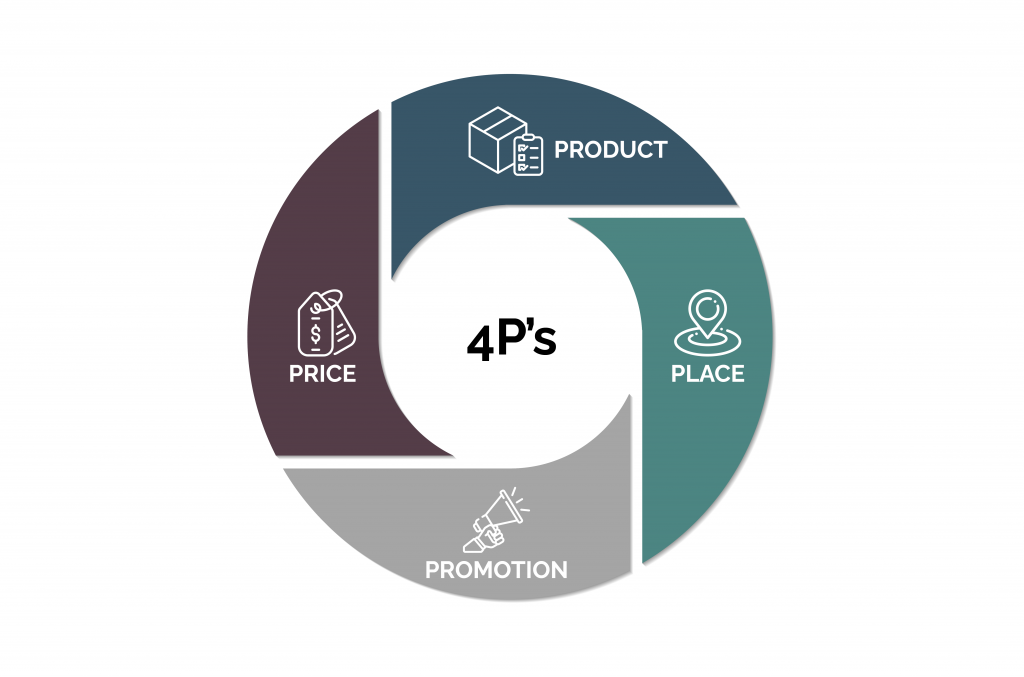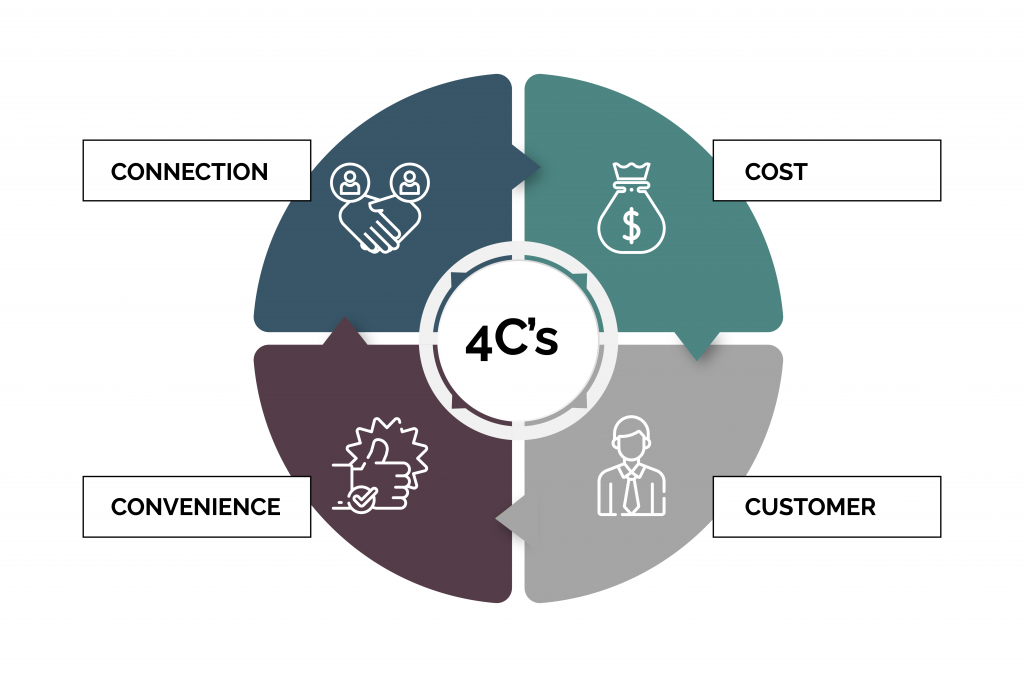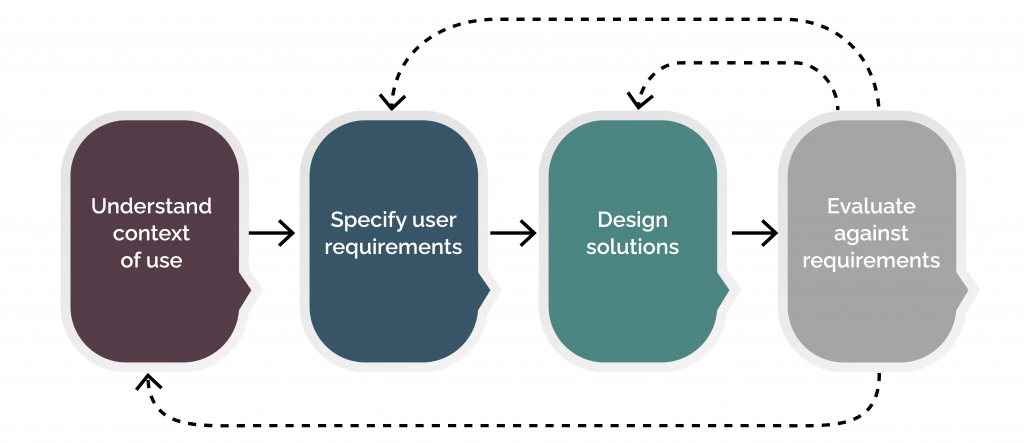Many companies focus on innovation and better ways to represent themselves through their product designs to stay relevant and competitive. UX design is the primary ingredient in the secret recipe to exceptional customer service delivery. According to Win the Customer:
- 86% of customers would pay more for a better product experience.
- 89% switch to a competitor because of a bad customer experience with a business.
- 73% said friendly customer service made them trust a brand entirely.
This proves that UX design is pivotal to any strong marketing strategy that helps prioritize and build customer-oriented products. This blog dives deep into why UX matters. It also covers the ‘Why,’ ‘What,’ and ‘How’ of UX Design.
UX Design Definition
UX design is the process design teams use to craft products that offer meaningful and relevant user experiences. This includes designing how the product is acquired, integrated, represented & branded, and its functionalities. It includes enhancing a product’s user satisfaction by improving its usability, accessibility, and interaction quality. UX design usually needs consideration for the following aspects:
- Product Packaging
- Content
- User-friendliness and ease-of-use
- Multi-platform and multi-device support
What’s the Goal?
A well-planned and targeted UX design makes interactions more engaging while guiding the user organically to the desired action. Great design amplifies the value it delivers through user experience and directs the intended users towards a product goal. Thus, UX is not just a design layer but also a mediator between what you offer and what customers will experience. It can help retain customers provided it is straightforward, intuitive, engaging, and responsive to a wide range of users.
Why is UX a Key Differentiator?
Companies need to carefully consider their customers’ attention demands in the current competitive climate and deliberately focus on UX optimization. A top-notch and sales-inducing UX design is a crucial differentiator in a landscape where ease-of-use, reliability, and usefulness are top customer priority.
Still not convinced? Here are the top benefits of effectively leveraging UX design for your business.
Improved Conversion Rates: UX design influences higher screen time, improved retention, and customer call to action. This translates into better conversion rates and higher ROI when customer interactions with a design are less complex and faster.
Higher SEO Rankings: UX design goes hand-in-hand with content on a website. Search engines are built in a UX-quotient sensitive way. A UX design should include SEO-optimized content that would provide a higher ranking for the website on SERP pages with minimal effort. Google SERP shows a higher preference for sites that offer an excellent user experience. Optimizing the UX quality of your design will enhance your company’s ranking on search engines.
Enhanced Customer Loyalty: A UX design is as good as the experience it offers. A good UX design should let customers explore your website without limitations and complex interactions. UX designers must provide a cohesive set of experiences to improve the customer lifetime value by understanding the customers’ psychological tendencies. Customers stick to brands with UX designs that are positive, familiar, and comfortable.
Boosts Cost Savings: UX design involves careful and extensive user research, wireframing, information architecture mapping, prototyping, implementation, testing, and deployment. The entire process involves costs at different levels. While building a functional UX design, you can accurately estimate the costs involved and the potential ROI of the product. A good UX that has been thoroughly tested for errors, usability, and resource consumption can avoid additional expenses you may have incurred otherwise.
Edge over Competitors: UX designers must engage in UX research to better understand how customers use your product and which actions are essential to them. This lets you tailor digital experiences that appeal to target customers. Your UX design should be equipped to guide users along the desired path while enhancing the experience. This can be a crucial asset that differentiates you from competitors.
Elements of an Ideal UX Design
Great UX is built of these elements that help foster trust among your users for your products and deliver what they need. You need to map out each of the following elements and optimize your UX design accordingly to deliver the best user experience.
- This includes building a responsive design that ensures your site is device-agnostic and functions appropriately.
- An attention-grabbing yet simple design is essential to retain your users. Streamlining your design to make it aesthetically pleasing is essential.
- Any element (button or a link) on your website should be purposeful and work without glitches, interruptions, or disconnections.
- Site navigation is crucial since it helps users quickly find what they are looking for rather than guessing what each screen element does.
- Your UX design must reflect your user’s needs and avoid less valuable elements that take up more space or time to load.
- Your UX design should indicate and increase the value of the product it represents.
UX as a part of your Marketing Strategy
UX is the cornerstone of any marketing strategy guided by these 4P’s and 4C’s model tenets.
 Product: UX design influences how well a product would function and perform in the market.
Product: UX design influences how well a product would function and perform in the market.
Price: How well a UX design performs and caters to the customers’ requirements will influence your profitability and pricing.
Place: UX designs can be customized or made location-specific to cater to the needs of its users.
Promotion: Most businesses venture on promotions to provide their branding message and increase product awareness and sales. UX designs offer the first point of customer contact and can be valuable during promotions to increase your customer base.
UX design can also be used to support the customer-oriented 4 C’s Model
 Customer: Customers should be the focal point of a UX design. The ability to engage and retain customers through universal appeal is essential for any UX designer.
Customer: Customers should be the focal point of a UX design. The ability to engage and retain customers through universal appeal is essential for any UX designer.
Convenience: Along with powerful performance, a UX design must embody convenience as a fundamental attribute. The user should be able to use a design on the go and at any time during the day. Thus, UX design must be mobile-centric and should work seamlessly on multiple platforms.
Cost to Satisfy: Customers prefer online channels to physical ones. UX design plays a pivotal role in reducing the cost to satisfy customers when designing a digital platform. A minimalistic yet intuitive design supporting a single-point of access can drastically reduce the operating costs.
Communication: A UX design must be robust enough to connect people and to the services they want. Most UI components of your design should be self-explanatory and indicative of their purpose.
Communication elements like tooltips, footnotes, header text, etc., help enhance user interactions.
Why, What, and How of UX Design from a Product Perspective
 As a UX designer, you should delve into the Why, What, and How of a product you’re designing.
As a UX designer, you should delve into the Why, What, and How of a product you’re designing.
Why: This includes the users’ motivations when designing a product, how they perceive and execute a task involved and the views and values that shape why a user would use the product.
What: This addresses the end user’s intention of using a product and the functionalities/features they want the product to have.
How: This relates to how each function is designed in an aesthetically pleasing and accessible way.
UX designers start with the ‘Why’; then they determine the ‘What’ and finally, the ‘How’ to create valuable and meaningful product designs and fluid experiences on any device.
UX design- A Common Ground for Multi-disciplinary Designers
UX design is a multi-disciplinary field that converges the skills of multiple designers in the customer journey. UX designers can have skills that include visual design, programming, interaction design, and psychology. All of these serve a common goal of “customer-centricity.” Designing for human needs will need UX designers to improve accessibility and consider physical limitations such as color blindness or small text readability. This a UX designer must perform maximum user research, create personas, design wireframes and prototypes, and test designs. These tasks may vary based on the organization but must prioritize the users’ needs. Most UX designers work with a user-centric approach and keep themselves well-informed of the trends and user contexts. This helps them channel their efforts and optimally address user needs and issues. Any user-centric design is iterative, where the process starts with the basic understanding of the user context.
 Concluding Thoughts
Concluding Thoughts
UX design renders a positive user experience and redefines customer journeys for your business products. Thus, it is paramount to revisit your UX design and measuring its usability as your website evolves. UX design is thus imperative to any successful project. It allows you to take a deep dive into your users’ needs and foster your relationship with them.
Connect with our UX experts at Radiant to learn more!

